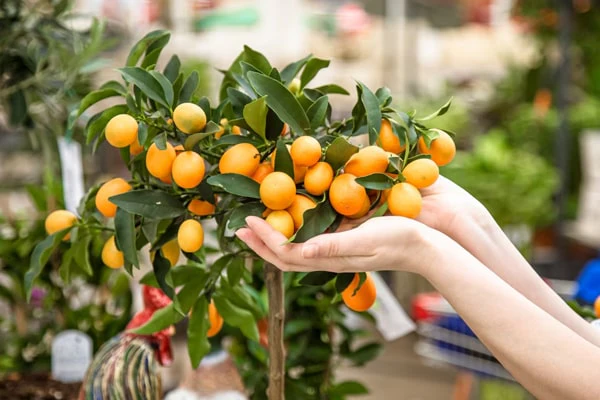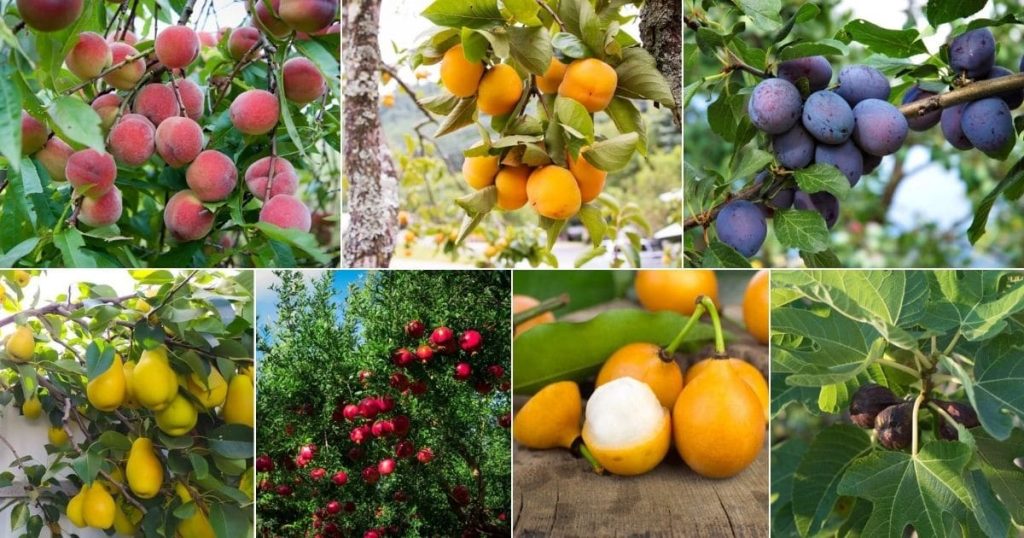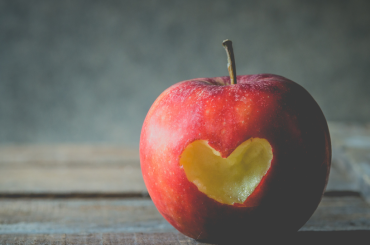10 Best Fruit Trees to Plant: A Comprehensive Guide for Your Garden

Planting fruit trees is a rewarding endeavor that provides fresh, homegrown produce, enhances your landscape, and contributes to a sustainable lifestyle. However, choosing the right fruit trees for your garden can be overwhelming, especially with so many options available. In this article, we’ll explore the best fruit trees to plant, considering factors like climate, space, and maintenance. Whether you’re a beginner or an experienced gardener, this guide will help you make informed decisions.
Why Plant Fruit Trees?
Before diving into the best fruit trees to plant, let’s discuss why they’re a great addition to your garden:
- Fresh, Organic Produce: Enjoy fruits free from pesticides and chemicals.
- Aesthetic Appeal: Fruit trees add beauty and shade to your landscape.
- Environmental Benefits: They improve air quality, reduce soil erosion, and support pollinators.
- Cost-Effective: Save money on groceries by growing your own fruit.
Factors to Consider Before Planting Fruit Trees
To ensure success, consider the following factors before planting:
1. Climate and Hardiness Zone
- Choose trees that thrive in your region’s climate.
- Check the USDA Hardiness Zone Map for guidance.
2. Space Availability
- Consider the mature size of the tree and ensure you have enough space.
- Dwarf or semi-dwarf varieties are ideal for small gardens.
3. Soil Quality
- Most fruit trees prefer well-draining, fertile soil.
- Test your soil’s pH and amend it if necessary.
4. Sunlight Requirements
- Fruit trees typically need 6–8 hours of direct sunlight daily.
5. Maintenance Level
- Some trees require more care (pruning, pest control) than others.
Best Fruit Trees to Plant for Your Garden

Here’s a list of the best fruit trees to plant, categorized by their suitability for different climates and spaces:
1. Apple Trees
- Varieties: Gala, Fuji, Granny Smith.
- Climate: Thrives in temperate climates (Zones 3–8).
- Space: Dwarf varieties are perfect for small spaces.
- Benefits: Long harvest season and versatile use in cooking.
2. Citrus Trees
- Varieties: Orange, Lemon, Lime, Grapefruit.
- Climate: Ideal for warm climates (Zones 9–11).
- Space: Can be grown in containers for patios or balconies.
- Benefits: Year-round fruit production and aromatic blossoms.
3. Peach Trees
- Varieties: Honeycrisp.
- Climate: Best in Zones 5–9.
- Space: Requires moderate space for growth.
- Benefits: Fast-growing and produces juicy, flavorful fruits.
4. Cherry Trees
- Varieties: Bing (sweet), Montmorency (tart).
- Climate: Suitable for Zones 4–8.
- Space: Compact varieties available for smaller gardens.
- Benefits: Beautiful spring blossoms and delicious fruits.
5. Fig Trees
- Varieties: Brown Turkey, Celeste.
- Climate: Thrives in Zones 7–10.
- Space: Can be grown in containers or small gardens.
- Benefits: Low maintenance and drought-tolerant.
6. Pear Trees
- Varieties: Bartlett, Anjou, Bosc.
- Climate: Grows well in Zones 4–9.
- Space: Requires moderate space.
- Benefits: Long shelf life and versatile culinary uses.
7. Plum Trees
- Varieties: Santa Rosa, Stanley.
- Climate: Suitable for Zones 4–9.
- Space: Compact and easy to manage.
- Benefits: Fast-growing and produces abundant fruit.
Tips for Planting and Caring for Fruit Trees
To ensure your fruit trees thrive, follow these tips:
1. Choose the Right Location
- Ensure the planting site has adequate sunlight and well-draining soil.
2. Plant at the Right Time
- Early spring or fall is the best time to plant fruit trees.
3. Water Regularly
- Young trees need consistent watering until established.
4. Prune Annually
- Pruning promotes healthy growth and increases fruit production.
5. Fertilize Appropriately
- Use organic fertilizers to nourish the soil and trees.
6. Monitor for Pests and Diseases
- Inspect trees regularly and take preventive measures.
Conclusion
Planting fruit trees is a long-term investment that yields delicious rewards. By choosing the best fruit trees to plant based on your climate, space, and preferences, you can create a thriving garden that provides fresh produce for years to come. Whether you opt for apples, citrus, peaches, or figs, each tree brings unique benefits and beauty to your outdoor space.
Start your fruit tree journey today and enjoy the satisfaction of harvesting your own homegrown fruits!
FAQs
1. What are the easiest fruit trees to grow for beginners?
- Answer: Apple, pear, and fig trees are among the easiest fruit trees for beginners. They are relatively low-maintenance and adapt well to various climates.
2. How long does it take for fruit trees to bear fruit?
- Answer: The time varies by tree type:
- Citrus Trees: 1–3 years.
- Apple and Pear Trees: 3–5 years.
- Peach and Plum Trees: 2–4 years.
- Fig Trees: 1–2 years.
3. Can I grow fruit trees in containers?
- Answer: Yes! Dwarf varieties of apple, citrus, fig, and cherry trees are well-suited for container gardening. Ensure the container is large enough and has proper drainage.
4. What is the best time to plant fruit trees?
- Answer: The ideal time to plant fruit trees is during early spring or fall when the weather is mild, and the trees can establish roots before extreme temperatures set in.
5. How much space do fruit trees need?
- Answer: Space requirements depend on the tree type:
- Standard Trees: 20–30 feet apart.
- Semi-Dwarf Trees: 12–15 feet apart.
- Dwarf Trees: 8–10 feet apart.
6. Do fruit trees need full sun?
- Answer: Most fruit trees require at least 6–8 hours of direct sunlight daily to produce healthy and abundant fruit.
7. How often should I water my fruit trees?
- Answer: Water newly planted trees 2–3 times per week for the first year. Established trees typically need deep watering once a week, depending on rainfall and soil type.
8. What are the best fruit trees for small gardens?
- Answer: Dwarf or semi-dwarf varieties of apple, citrus, fig, and cherry trees are perfect for small gardens. They take up less space and can even be grown in containers.


